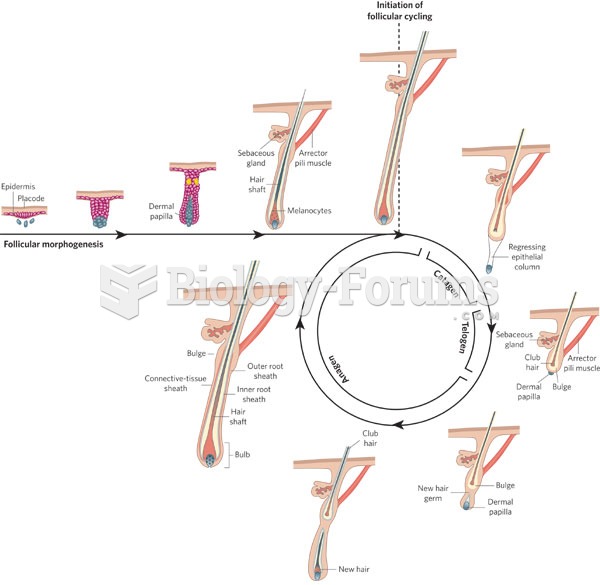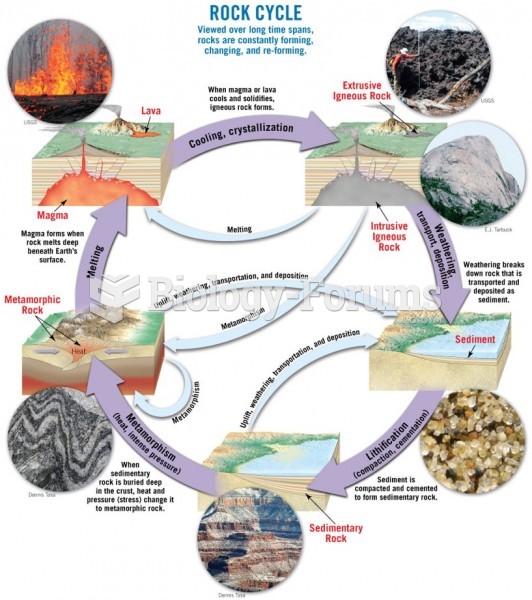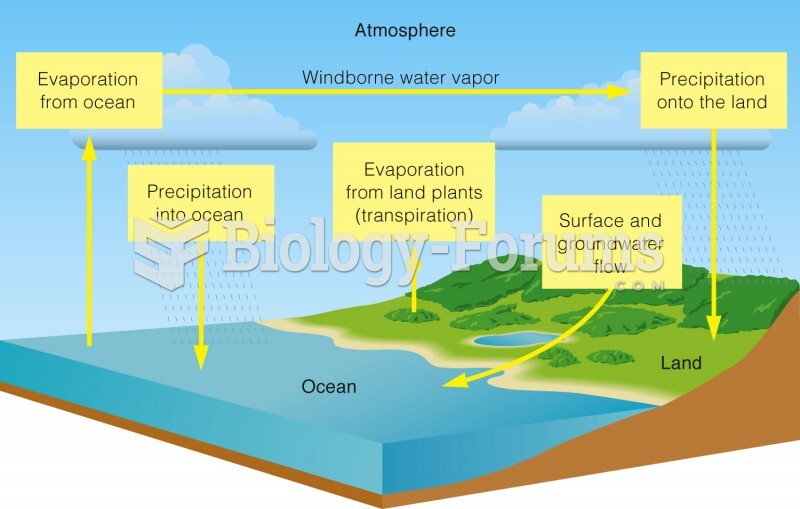Answer to Question 1
Answer: The carbon cycle is the movement of carbon among the atmosphere, hydrosphere, biosphere, and lithosphere as a result of processes such as photosynthesis and respiration, sedimentation, weathering, and fossil-fuel combustion
In the carbon cycle, carbon in the form of atmospheric carbon dioxide (CO2) is incorporated into carbohydrates in plant tissues through photosynthesis. Animals consume plants and use the plant carbohydrates for their own life processes. Carbon is stored in biomass and animals. Through respiration, carbon is returned to the atmosphere as CO2. It is also added to the atmosphere by the
combustion of fossil fuels. These three processes - photosynthesis, respiration, and combustion help cycle carbon and oxygen back and forth between living things and the environment.
Answer to Question 2
Answer: The carbon cycle is the movement of carbon among the atmosphere, hydrosphere, biosphere, and lithosphere as a result of processes such as photosynthesis and respiration, sedimentation, weathering, and fossil-fuel combustion.
Growing plants take carbon out of the atmosphere. When forests are cut down, most of the carbon in the trees is released to the atmosphere, through decomposition or perhaps fire. In many parts of the world, especially the humid tropics, deforestation and urban development are reducing carbon storage in the biosphere and sending the carbon to the atmosphere. But in other areas, such as the eastern United States, forest area is actually increasing, and young forests are growing, storing carbon in the process.
Similarly, when undeveloped lands are first converted to agriculture, there is usually a loss of organic matter and thus carbon from the soil, but later that carbon can be replaced if the soils are allowed to recover. Presently, evidence indicates that deforestation is causing large transfers of carbon to the atmosphere, but we also know that in some parts of the world there are large amounts of carbon being absorbed by the biosphere.







